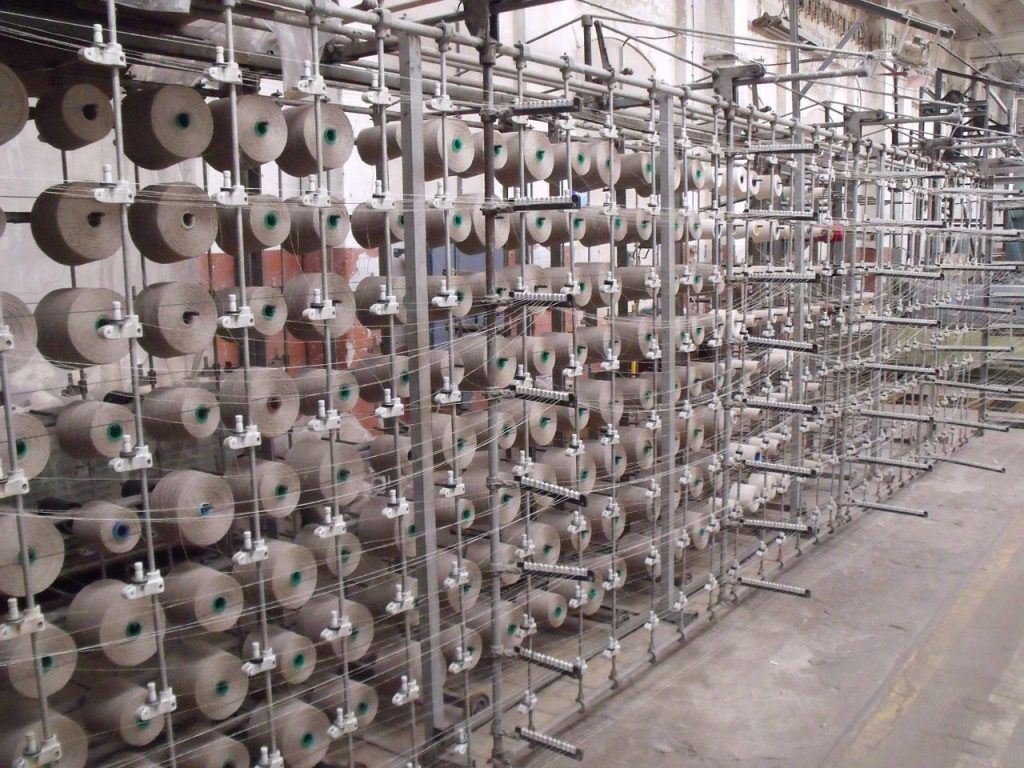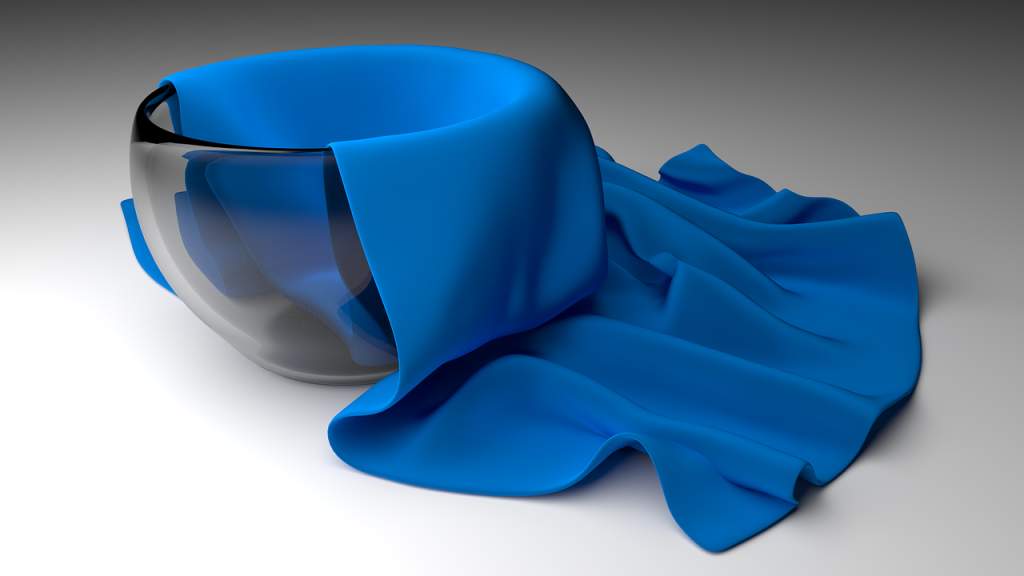When looking at fabrics, you’ll notice that the majority of them are split into two types. These are usually either poly fabrics or a natural fabrics. Poly fabrics are – put simply – man-made. They are synthetic materials which we make for a specific use. For more information on that please see our blog post on this marmite of materials: What Is Polyester? A Closer Look into this “Love it or Hate it” Fabric. But then, what about the ones that don’t quite fit into either category? These are poly-blends. So what is poly-blend fabric? How do we make it? Why would we blend two fabrics in the first place? Join us as we take a closer look.
What is Poly-Blend?
Poly-blend, originally, referred to combining two or more different poly materials to make a separate material. In the world of fabrics, however, it is much more commonly used to refer to the blending of polyester fibres and natural ones. This method creates a textile which is a blend of both polyester and natural fibres. The more popular examples of these would be poly-cotton, linen blends or terrycot.
A poly-blend would still fall under the category of man-made or synthetic material, unlike viscose which is actually a hybrid between the two. (Read more on that here: What Is Viscose? 6 Facts About This Misunderstood Fabric). Polyester and viscose is also a popular blend, despite viscose already being kind of synthetic, as well as poly-elastane which combines two entirely synthetic fabrics.

How is Poly-Blend Fabric Made?
Blending two different types of fabric can be done at various stages throughout the process. Most commonly, as the threads are spun to make the yarn. By blending together threads of each of the materials, and spinning them together to make a yarn that then consists of both the poly and the natural material.
Some fabrics are made from blending the yarns once they have already been made. This is exceptionally common when a blended fabric has, for example, a natural face, with the reverse being a poly material or vice-versa.
What do we use Poly-Blend Fabric For?
A poly-blend fabric has a myriad of uses. One of the main reasons that we would blend two fabrics is to gain certain characteristics. Whether that be in the case of poly-elastane, that we want to make our textile stretchier, or a poly-cotton where we want to make the cotton softer, or less prone to wrinkling.
These fabrics give us the best of two or three different fabrics by combining those together. It can also make materials much more cost-effective. By creating a poly-blend you can combine a less expensive fabric with a more luxurious one and find a happy medium. Poly-blend fabrics are used in clothing as well as bedsheets and other soft furnishings too.

Advantages
- Poly-blends tend to be stronger than their natural alternatives
- Often softer than their natural counterparts
- The addition of poly tends to add strength to the fabric
- Less expensive than entirely natural textiles
- Cotton makes up a high percentage of arable land, poly fabrics save that farming being as necessary on a larger scale
Disadvantages
- Less popular in high fashion applications
- Fully synthetic materials tend to be cheaper
- The natural fabrics tend to be more breathable
- Polyester fabrics tend to be less suitable for those with sensitive skin
- Polyester does contain plastic fibres
Printing on Poly-Blend Fabrics
Printing on poly-blend fabrics gives stunning results. Natural fabrics tend to have muted colours and are not as vibrant. Introducing poly fibres makes colour reproduction much more accurate. It is worth checking what the ratio of each fabric is. For best print results, you want at least 75-80% polyester in your blend. Why not create a few test prints, and check out how beautifully you can print your designs onto a poly-blend fabric.



